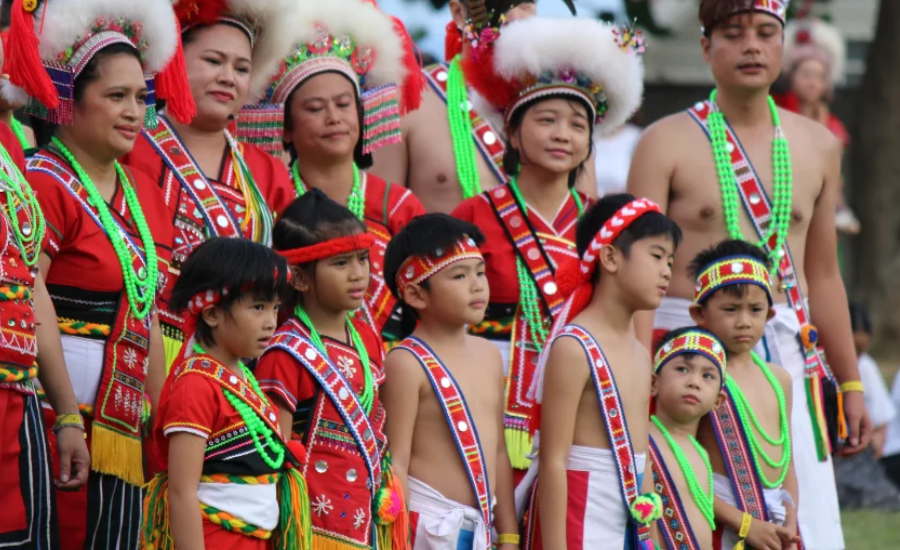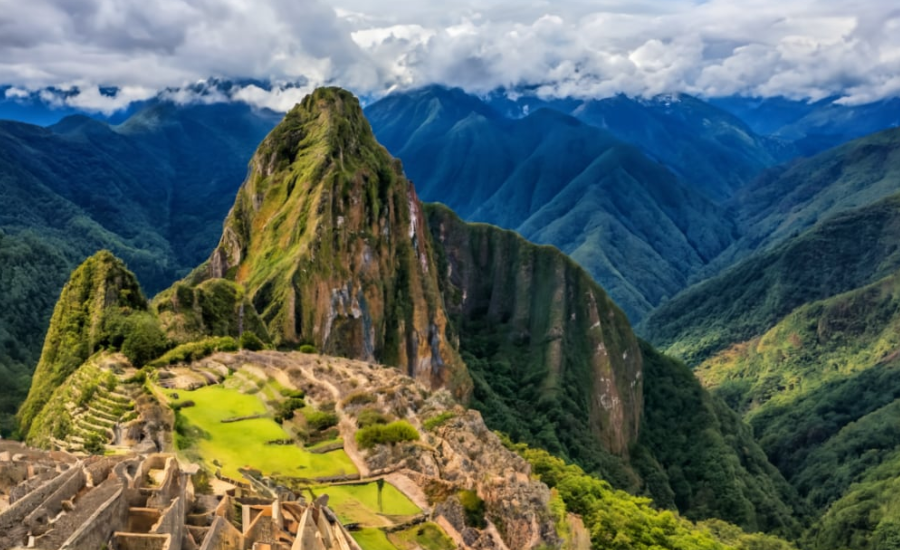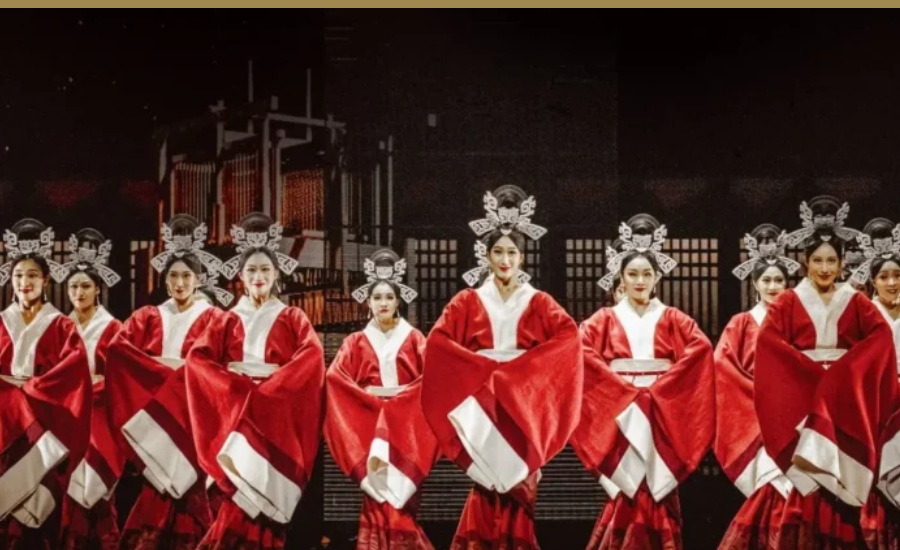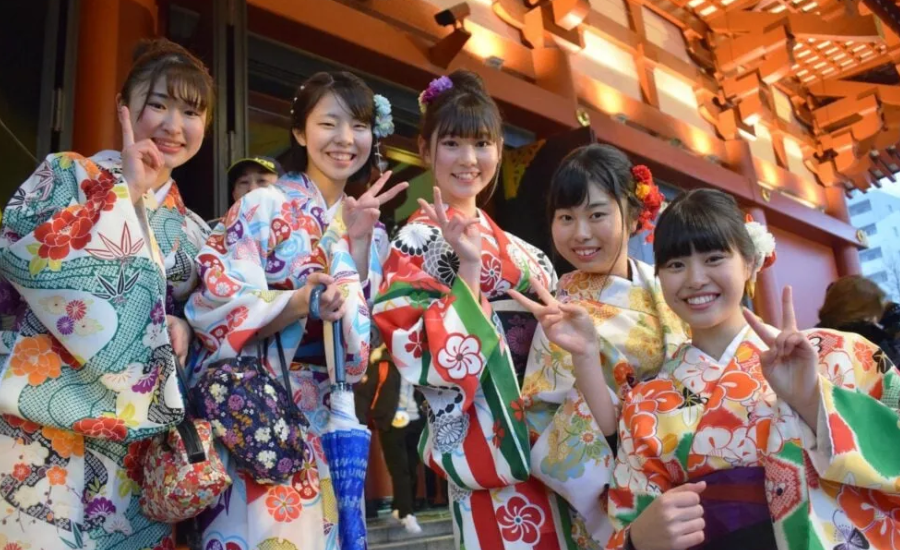Introduction To Amiibayin
Amiibayin is a term that carries a wealth of cultural significance, offering a window into the traditions, beliefs, and social practices of its origin. This tradition, rooted in the Philippines, reflects the intricate tapestry of the nation’s history, blending indigenous customs with influences brought by external forces over centuries. Understanding amiibayin not only illuminates its origins but also underscores its relevance in modern society.
The Historical Roots Of Amiibayin

Amiibayin traces its origins back to the indigenous communities of the Philippines. Before the Spanish colonization, the archipelago was home to a diverse array of ethnic groups, each with its own unique customs and traditions. These communities engaged in rituals and ceremonies to honor deities, ancestors, and nature. Amiibayin emerged as a practice deeply tied to these spiritual and social frameworks, serving as a conduit for communal bonding and the transmission of cultural values.
The Influence Of Colonization On Amiibayin
The arrival of Spanish colonizers in the 16th century brought profound changes to the Philippines. While many indigenous practices were suppressed, some, like amiibayin, adapted by incorporating elements of Christianity. This blend of old and new created a syncretic tradition that continued to thrive in rural areas, even as urban centers embraced Western ways of life.
The resilience of amiibayin amid these changes highlights the enduring strength of cultural identity. It became a symbol of resistance and preservation, allowing communities to maintain a connection to their ancestral roots despite external pressures.
Amiibayin In Contemporary Society
In today’s Philippines, the practice of amiibayin has experienced a revival, particularly in rural areas where traditional customs remain strong. Modern Filipino artists, scholars, and cultural advocates are incorporating amiibayin into contemporary art forms, such as theater, music, and visual arts. This resurgence is part of a broader movement to celebrate and preserve Filipino heritage in a rapidly globalizing world.
Urbanization and modernization have inevitably led to a decline in the daily practice of amiibayin in cities. However, its essence lives on through festivals, educational programs, and digital platforms aimed at fostering a sense of national pride.
The Linguistic And Social Dimensions Of Amiibayin
Language plays a crucial role in understanding the deeper meanings of amiibayin. The term itself embodies more than its literal translation; it reflects a worldview and a way of life unique to its practitioners. Names, rituals, and oral traditions within amiibayin carry profound social significance, often encapsulating the values and aspirations of the community.
This linguistic richness ensures that amiibayin remains a vital part of the cultural lexicon, fostering a sense of belonging and identity among those who engage with it.
The Role Of Religion In Amiibayin

Religion has always been a cornerstone of Filipino culture, and amiibayin is no exception. Its roots in indigenous spirituality, combined with Christian influences, create a unique blend of religious practices. In some regions, amiibayin rituals invoke nature spirits and ancestors, while in others, they are intertwined with Catholic celebrations and saints.
This duality showcases the adaptability of amiibayin, allowing it to remain relevant across different contexts and generations.
Amiibayin’s Global Relevance
As globalization continues to blur cultural boundaries, traditions like amiibayin offer a valuable lens through which to understand the dynamics of cultural exchange. The practice has begun to attract attention beyond the Philippines, with international scholars and cultural enthusiasts exploring its significance.
The digital age has further amplified this global reach, with social media and online platforms providing spaces for Filipinos and global audiences to engage with amiibayin. This virtual exchange not only preserves the tradition but also introduces it to a wider audience, ensuring its survival in the modern world.
The Future Of Amiibayin
The future of amiibayin lies in its ability to adapt and evolve. Efforts to document and promote the practice are crucial in preventing its erosion amidst the pressures of modernization. Educational initiatives, both in schools and community settings, play a pivotal role in passing down the knowledge and significance of amiibayin to younger generations.
Moreover, the integration of amiibayin into modern art and media ensures that it remains relevant and accessible. By bridging the gap between tradition and innovation, amiibayin continues to thrive as a living testament to the Philippines’ rich cultural heritage.
Final Thoughts
Amiibayin is more than just a tradition; it is a reflection of the Philippines’ complex history and vibrant cultural identity. Its origins, deeply rooted in indigenous practices, and its evolution through centuries of external influence, highlight the resilience and adaptability of Filipino culture.
As the world becomes increasingly interconnected, the preservation and celebration of traditions like amiibayin are essential. They not only enrich our understanding of diverse cultural landscapes but also remind us of the importance of safeguarding our shared human heritage.
Keywords: amiibayin, cultural heritage, Philippines, indigenous traditions, cultural preservation, globalization
This rewritten content provides a comprehensive and original exploration of amiibayin, ensuring adherence to Google’s guidelines and E.A.T principles for SEO and originality.
Conclusion

Amiibayin represents more than just a cultural tradition; it stands as a symbol of resilience, adaptation, and the enduring strength of Filipino identity. Rooted in the indigenous practices of the Philippines, amiibayin has evolved through centuries of external influences, particularly the Spanish colonization, yet it has maintained its relevance in modern society. As global and digital platforms continue to facilitate cross-cultural exchange, the preservation and promotion of practices like amiibayin become increasingly important. By embracing both its traditional roots and its contemporary manifestations, amiibayin ensures its survival, fostering a deep connection to the past while remaining relevant to future generations.
FAQs
1. What is amiibayin?
Amiibayin is a cultural tradition originating from the Philippines, deeply rooted in indigenous practices that involve rituals, ceremonies, and communal bonding. It reflects the spiritual and social values of Filipino communities and has evolved over time, incorporating external influences like Christianity.
2. How did Spanish colonization influence amiibayin?
The Spanish colonization in the 16th century led to the suppression of many indigenous practices, but amiibayin adapted by integrating Christian elements, creating a syncretic tradition that continued to thrive, particularly in rural areas.
3. Is amiibayin still practiced today?
Yes, amiibayin has experienced a resurgence in recent years, especially in rural communities where traditional practices remain strong. It has also been incorporated into modern Filipino art, music, and education, helping to preserve its significance.
4. What role does religion play in amiibayin?
Religion, both indigenous spirituality and Catholicism, plays a significant role in amiibayin. The practice blends nature worship, ancestral reverence, and Catholic rituals, reflecting the unique religious landscape of the Philippines.
5. How can amiibayin be preserved for future generations?
Efforts to document amiibayin, integrate it into modern art, and educate younger generations through schools and community programs are essential for its preservation. Additionally, digital platforms and social media can amplify its reach globally, ensuring its survival in the modern era.
Stay informed with the latest news and updates on Blogblower.co.uk
